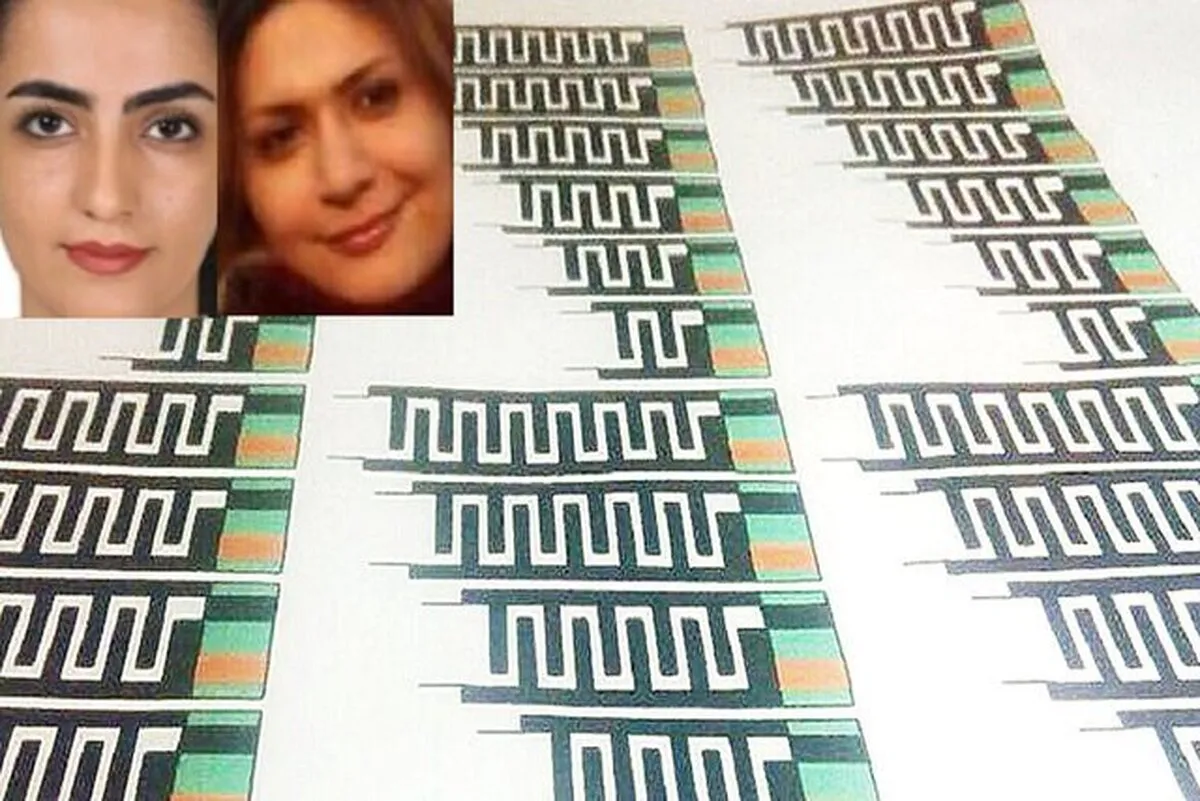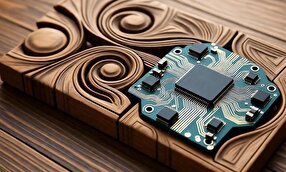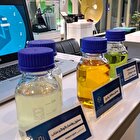Iranian Scientists Develop Dissolvable Battery

Two Iranian scientists at Binghamton University have developed a dissolvable battery that uses probiotics to generate electricity.
The innovation could pave the way for transient electronics that are both safe and environmentally friendly.
The technology is inspired by Mission: Impossible films, where devices self-destruct after use.
Unlike fiction, this battery disappears safely and completely in real life.
“This type of device is called bioresorbable electronics,” said Seokheun Choi, a faculty member at the Thomas J. Watson College of Engineering and Applied Science.
“Transient electronics can be used for biomedical and environmental applications, but they must disintegrate in a biosafe manner.”
The battery delivers power for up to 100 minutes before dissolving into the environment.
It leaves no toxic residue behind, overcoming a major limitation of conventional batteries such as lithium-ion types.
Maedeh Mohammadifar, a PhD graduate from Iran, developed the original dissolvable microbial fuel cell during her time in Choi’s lab.
She earned her doctorate in 2020 at Binghamton’s Bioelectronics and Microsystems Lab.
Maryam Rezaei, another Iranian researcher, contributed to the study, focusing on the behavior of electricity-producing bacteria in lab conditions.
The battery operates on water-soluble paper and uses the same probiotics found in yogurt and dietary supplements.
Researchers say the biobattery is fabricated with a 15-strain probiotic blend on pH-sensitive or water-soluble substrates.
The new device can generate 4 microwatts of power, 47 microamps of current, and an open-circuit voltage of 0.65 volts.
Power delivery is adjustable, ranging from four to over 100 minutes, depending on design specifications.
“Whenever I made presentations at conferences, people would ask: So, you are using bacteria? Can we safely use that?” Choi said.
The team confirmed that the bacteria used are biosafety level 1 and safe for both humans and the environment.
The work builds on two decades of research into disposable electronics, including “papertronics.”
Choi said the enhanced electrode surface was created using polymers and nanoparticles to boost electrocatalytic activity.
This helped create a surface ideal for bacterial attachment and growth.
Cyclic voltammetry tests showed clear redox peaks, confirming electron transfer by the probiotics.
The researchers say their biobattery has potential in biomedical implants, environmental sensors, and other disposable electronics.
4155/v





















